The holidays are upon us and that means once-a-year decor, food, and music. I have really enjoyed exploring Christmas traditions on the blog over the last few years. The holiday season is a fun topic to explore as one is unlikely to run out of ideas. Don’t believe me? Check out the multitude of podcasts related just to Christmas! I have a running list that I add to each year, and on top of the list for 2023 is gingerbread houses. I have had fun reading about them all week long, though I found it a challenge to find many dated photographs of the sweet mini homes. That was until I started to view Good Housekeeping covers. If any of you have ever been subscribers you will recall that they often have elaborate examples on their December covers. I had a lot of fun looking at them and thought our readers may feel the same.
But first, a bit of background…
The history of gingerbread houses
The history of gingerbread houses is slightly dubious. I have seen dates for the first known recipe for gingerbread dating back to 2400 BC and dates for its introduction to Europe ranging from 992 AD to the 16th century. Whatever the case, as we have seen with various foods Europeans enjoyed in the 1500s, at this time it was considered a tasty treatment for various ailments.
One thing that seems evident is that the consistency of gingerbread was also conducive to forming into shapes. It is believed that it was used as such from as early as the 14th century. One delightful fact that I came across multiple times is that one of the first times it was used to be shaped into little men was in the court of Queen Elizabeth I. Some believe that her wish was that gingerbread men would be created in the likeness of various dignitaries visiting court, though I have not been able to find a proper source.
Gingerbread houses exploded in popularity in Germany in the early 19th century, although the reason why is debatable. There is an obvious connection between the publication of the Brothers Grimms Hansel and Grettle in 1812. But while some credit the fairy tale for the gingerbread market’s rise, others believe that the brothers included a gingerbread house in the story because they had already gained so much popularity.
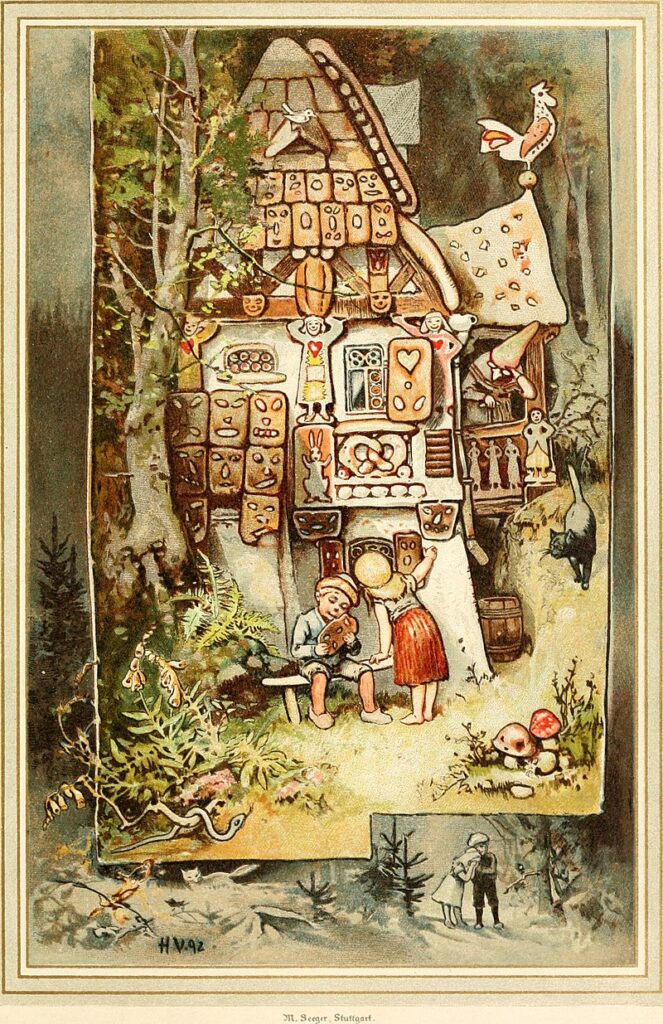
Whatever the case, after the 19th-century gingerbread houses would remain staples of Western Christmas traditions.
Love learning about holiday traditions? You may also enjoy:
The 12 Days of Christmas: More Than Just a Song
4 Empowering Depictions of Mrs Claus
The history of mistletoe: from naughty Georgians to a Victorian courting custom
Good housekeeping gingerbread houses to get you in the holiday mood
While gingerbread houses have been with us for over two centuries, I found it difficult to locate many sources or references to them fit for use in a blog post. Perhaps they are not the best objects to be represented as illustrations or black-and-white photographs. Good Housekeeping itself doesn’t appear to have included any on the cover until they began using photography rather than illustration on their covers in the 1960s or so (I will cover the history of the magazine in another post).
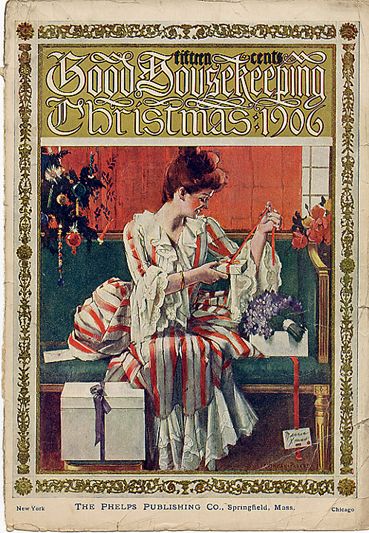
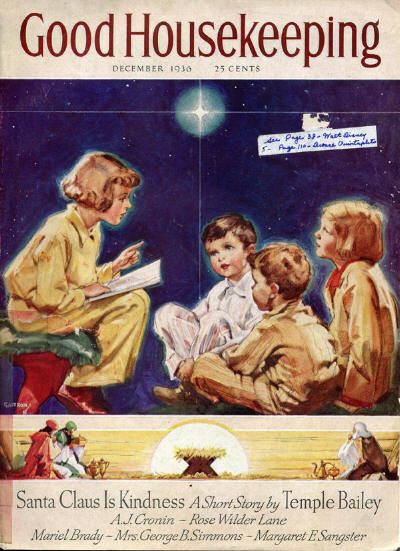
After that, gingerbread houses became a regular cover image. Let’s take a look!
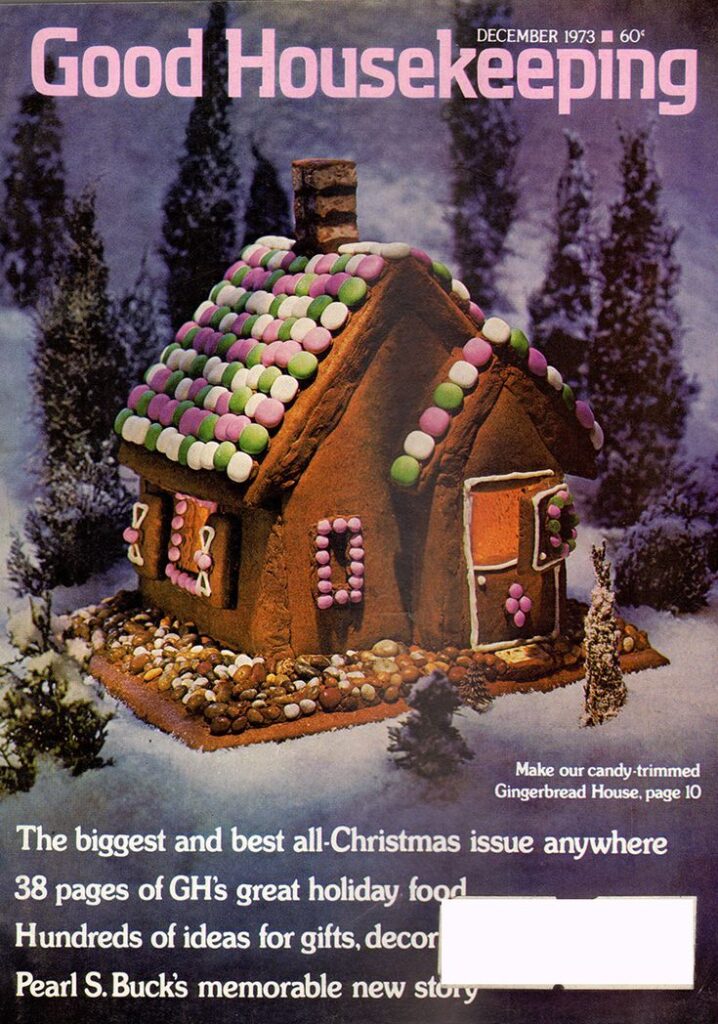
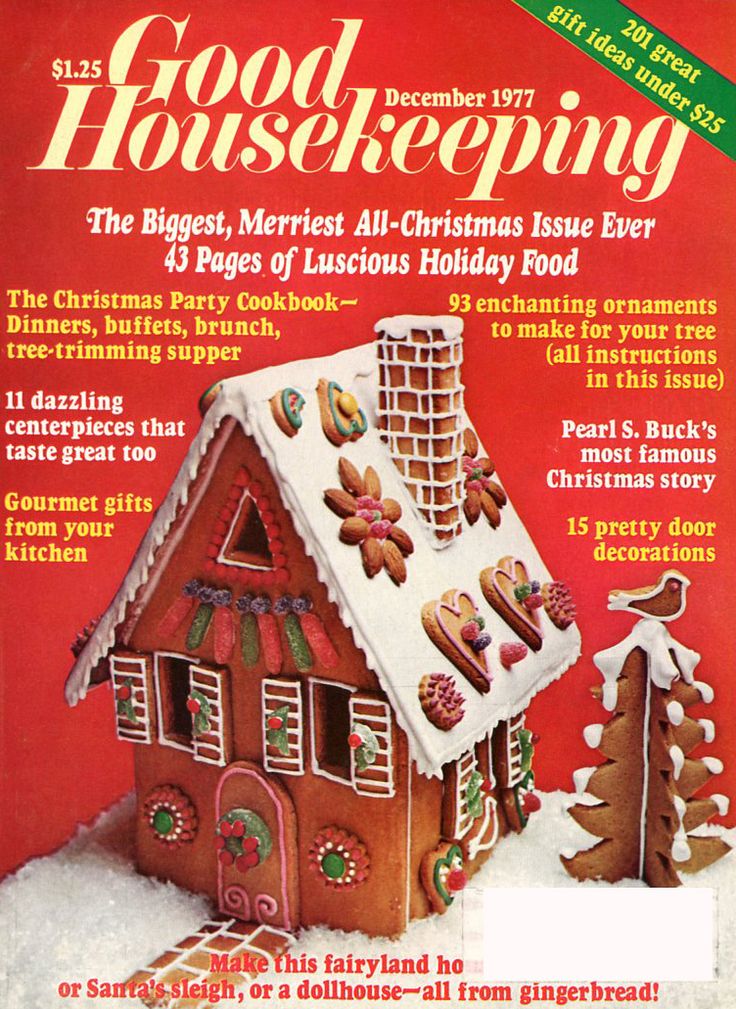
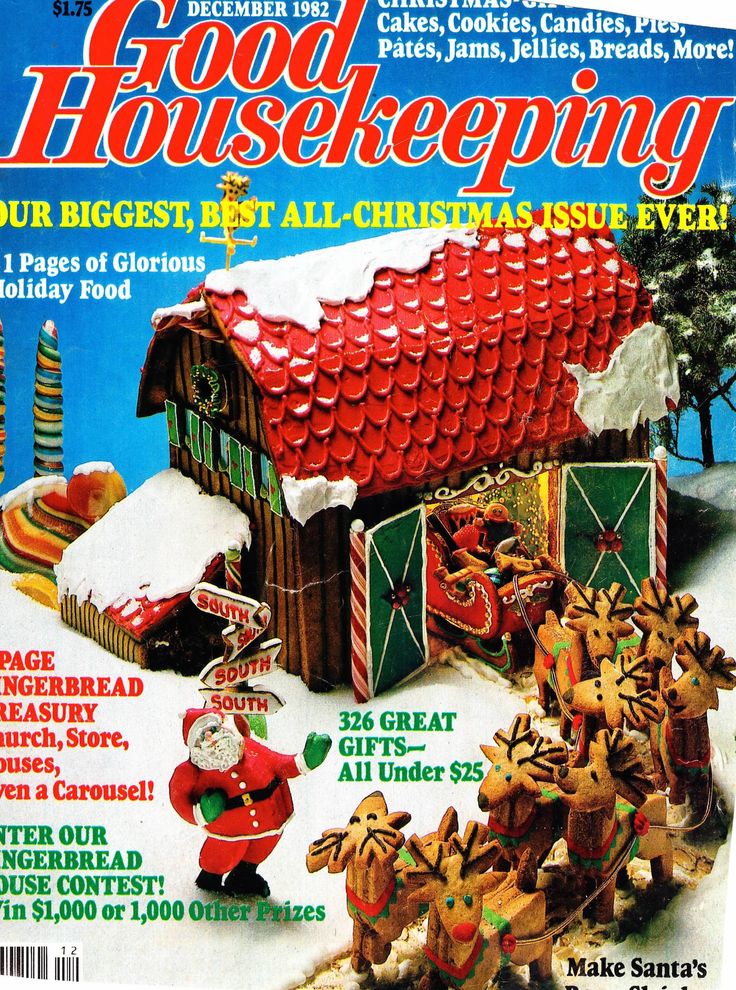
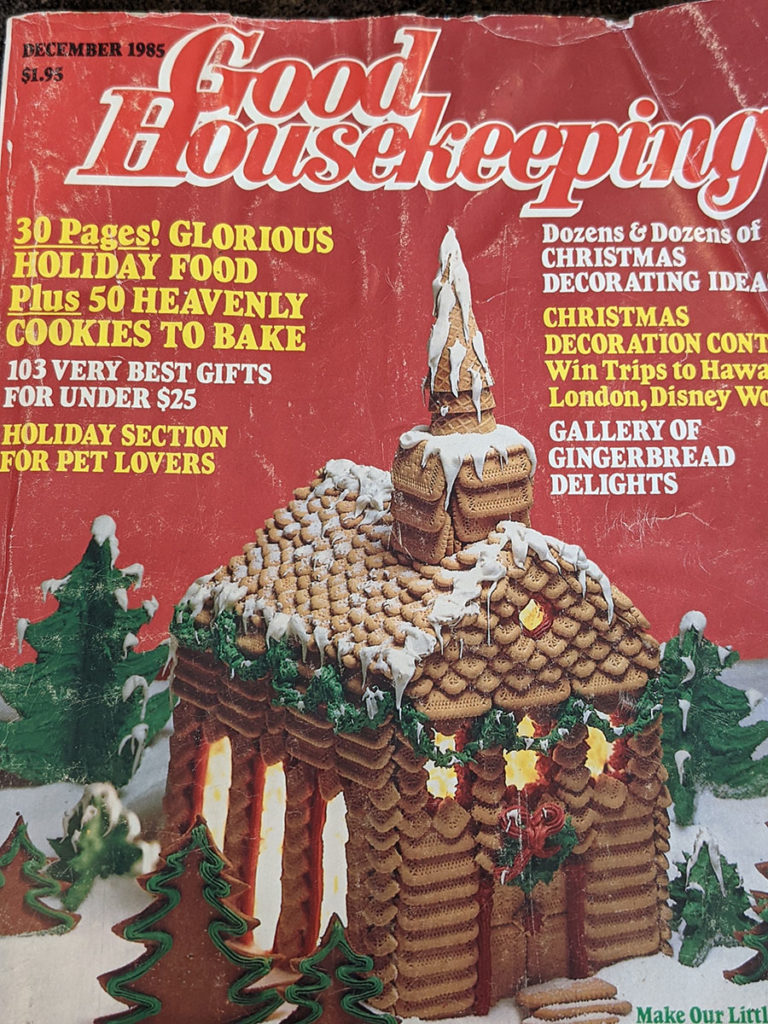

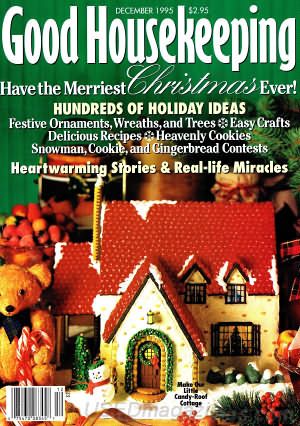


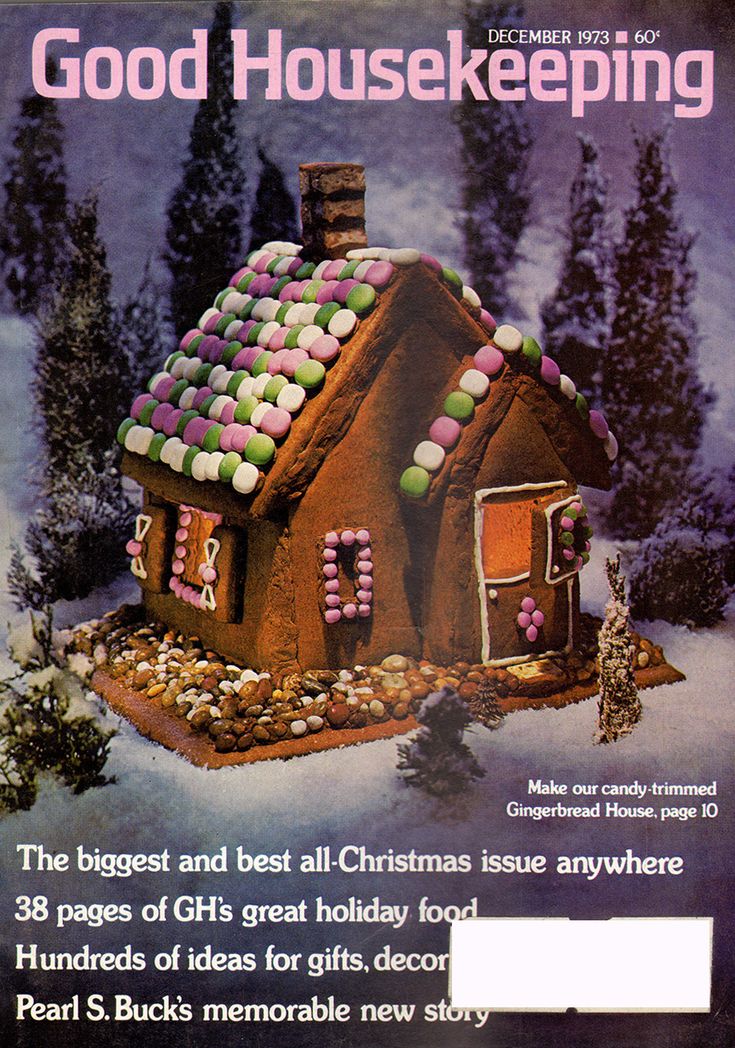


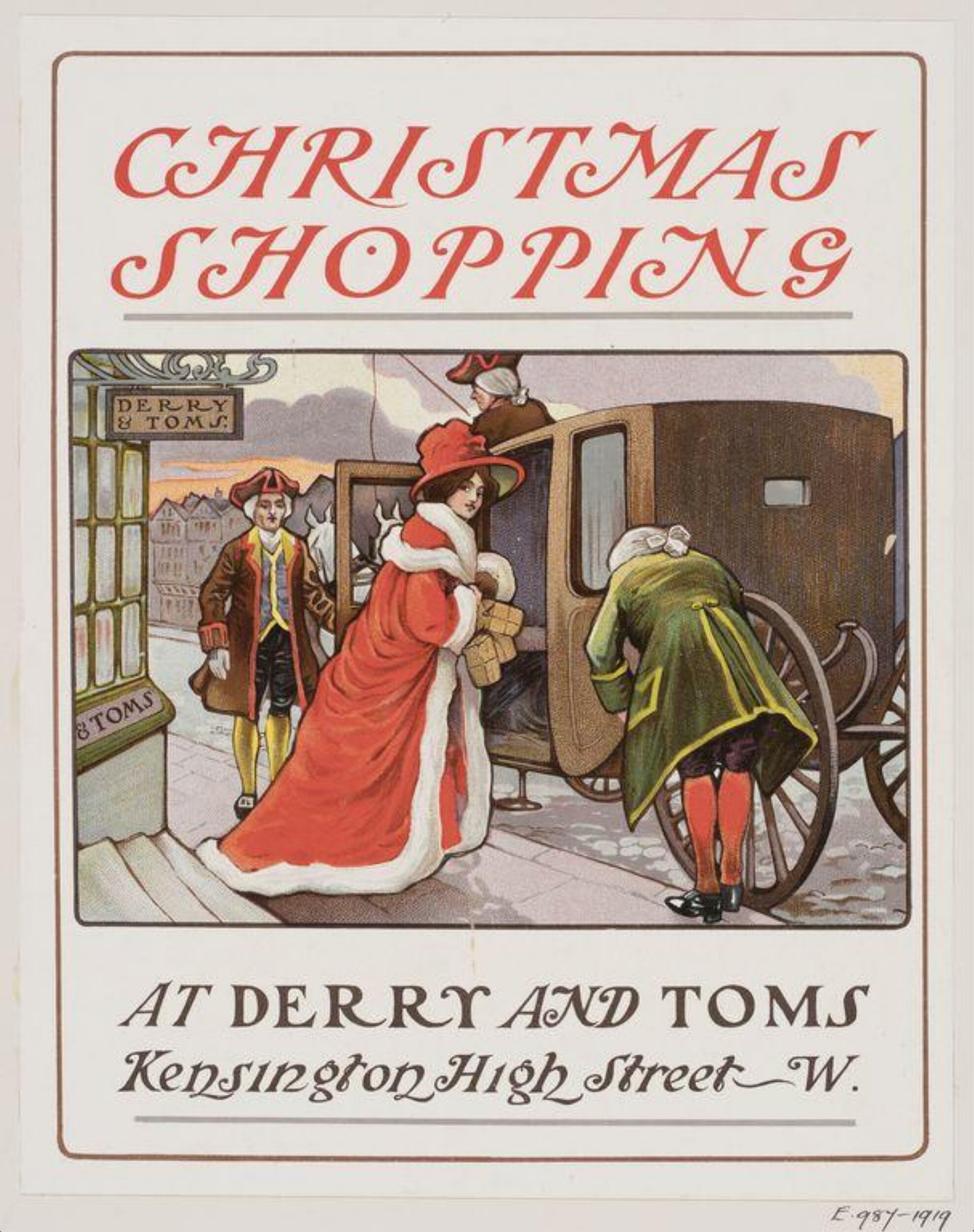
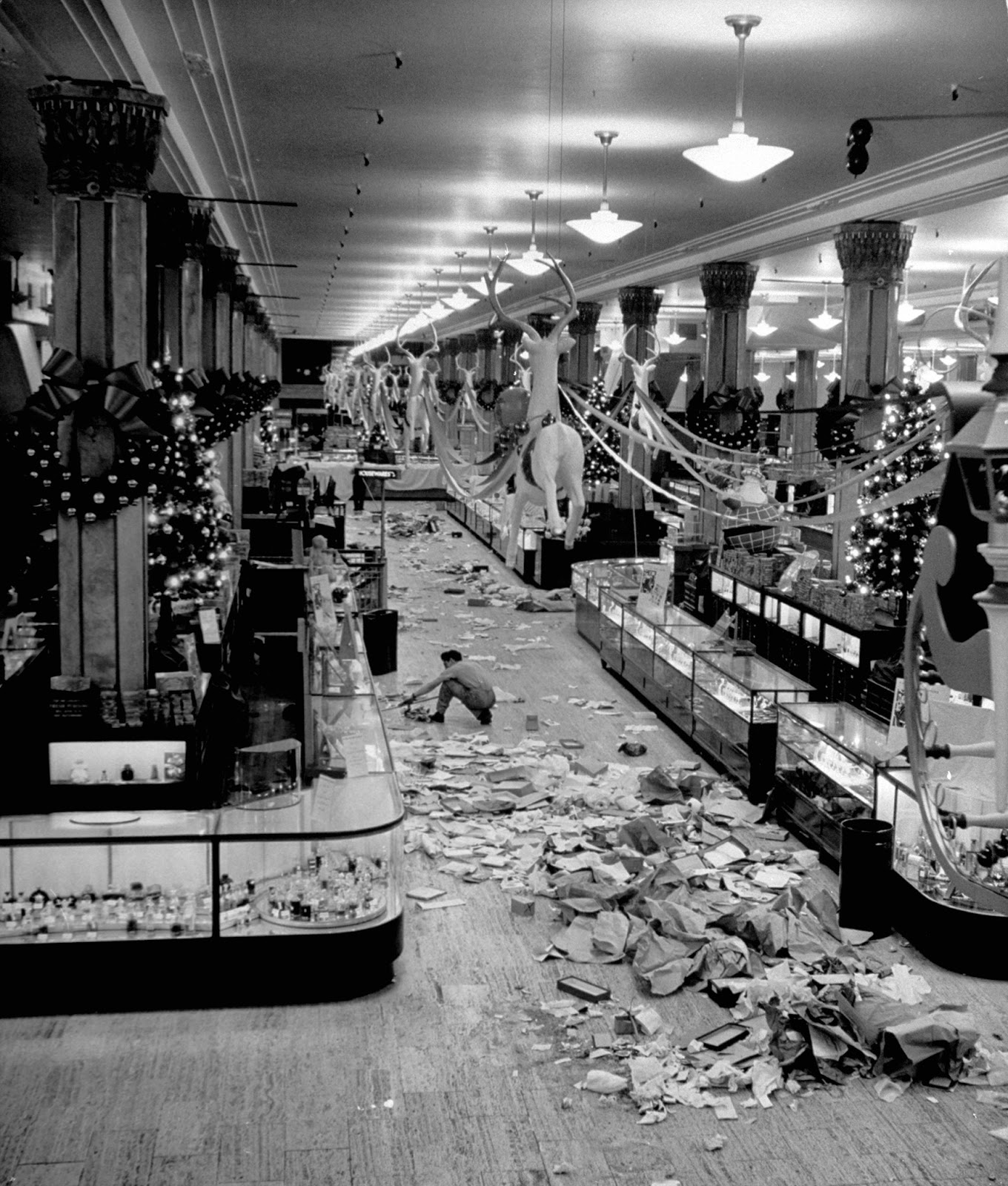
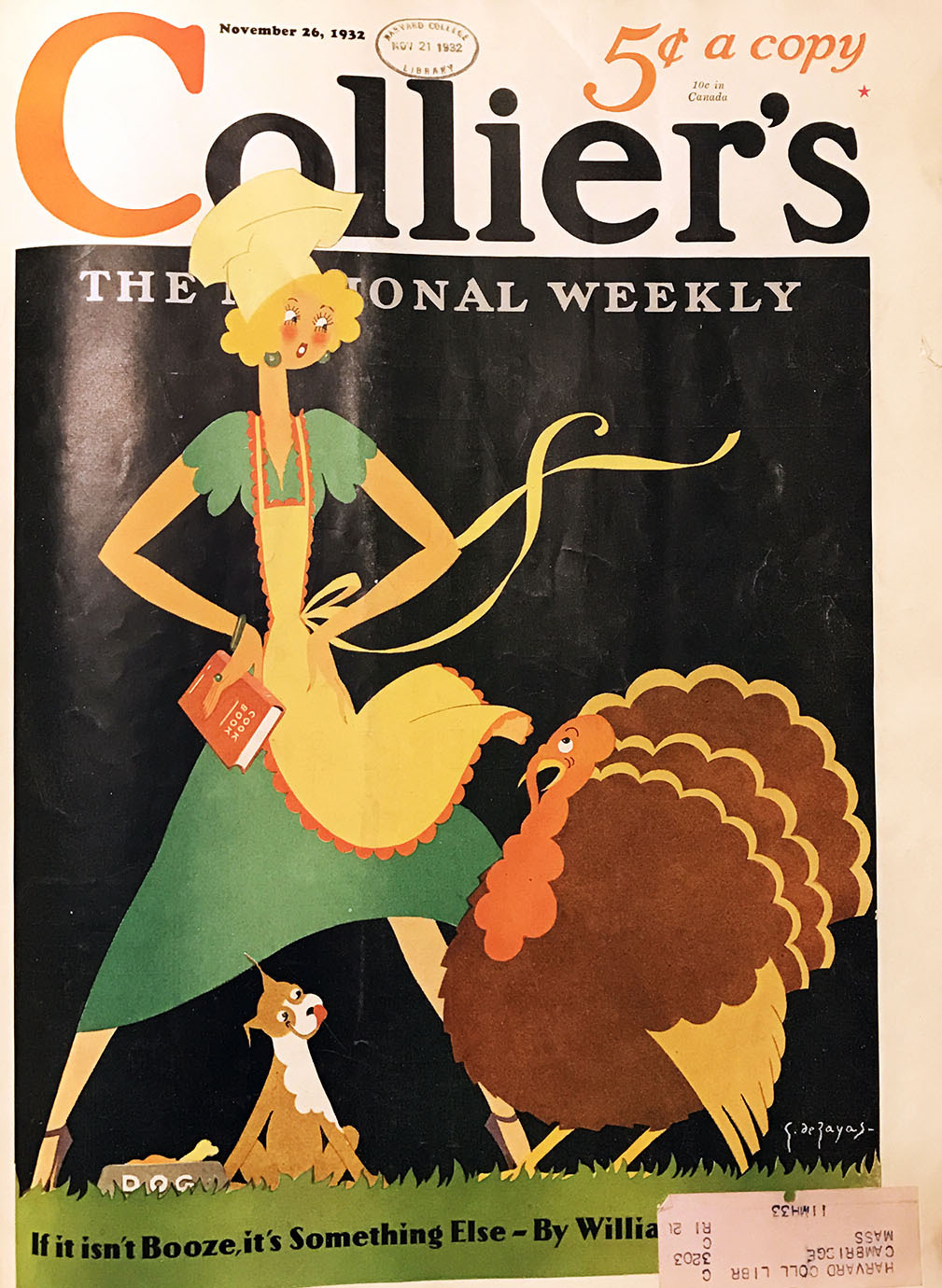
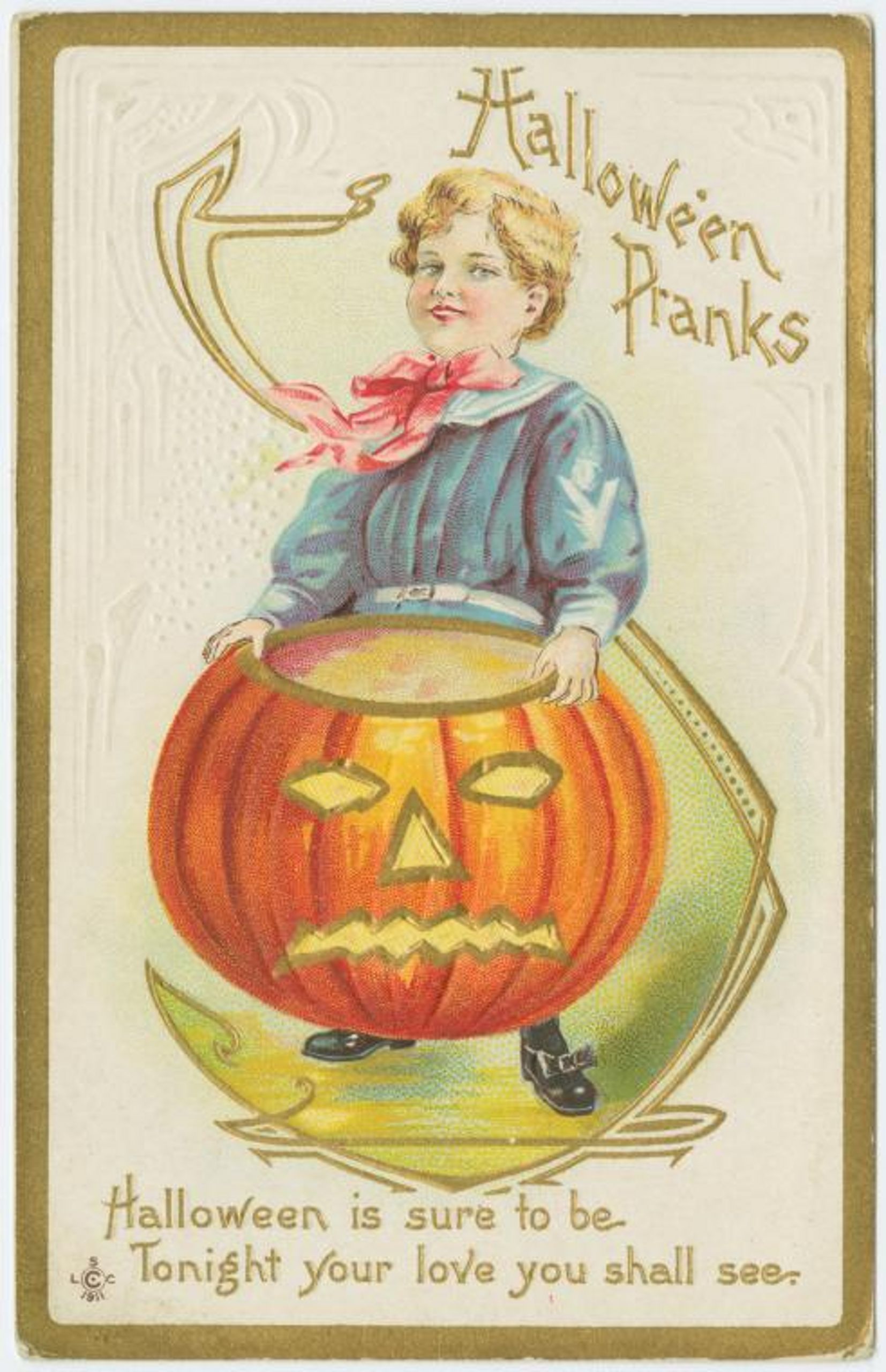
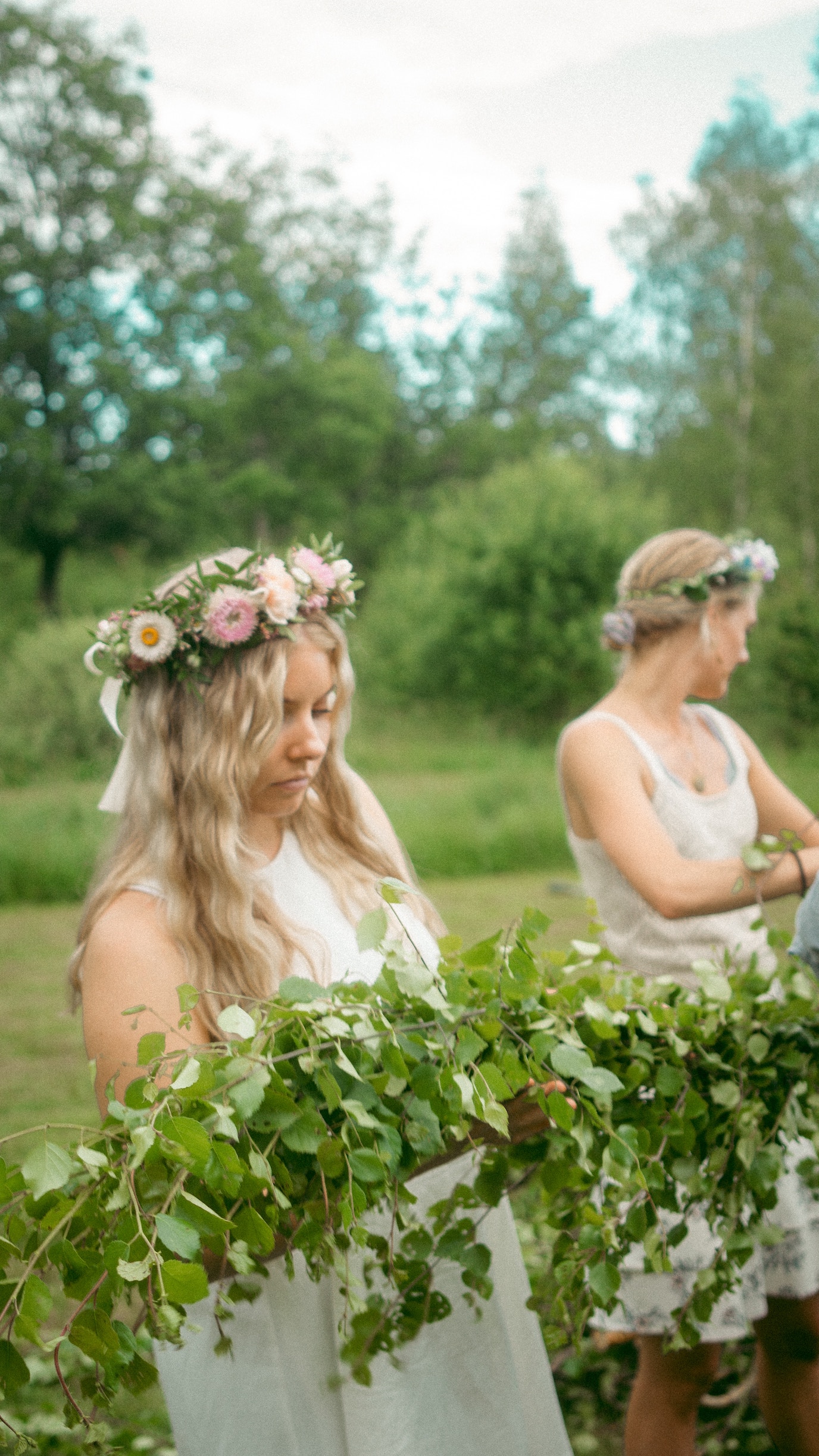
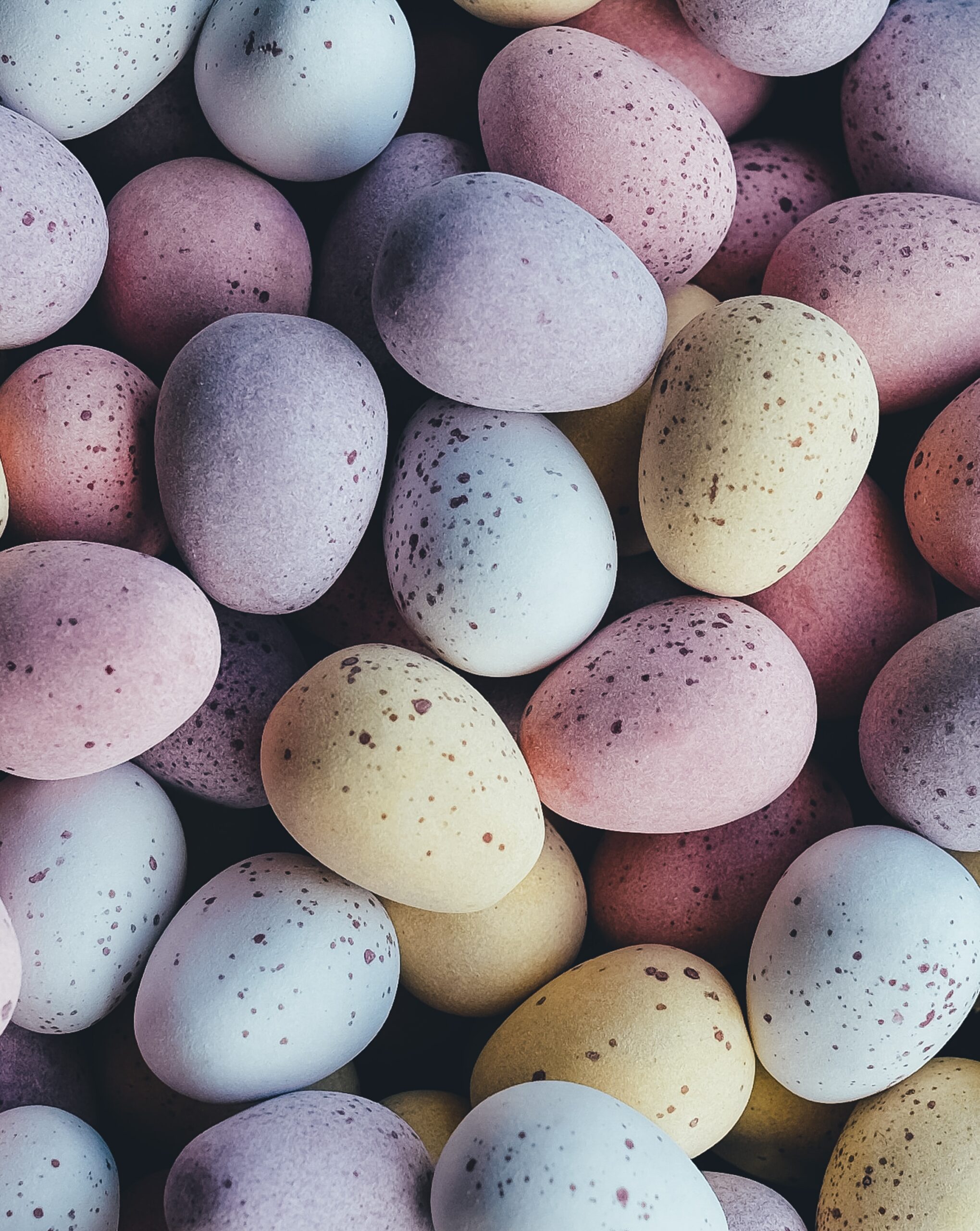
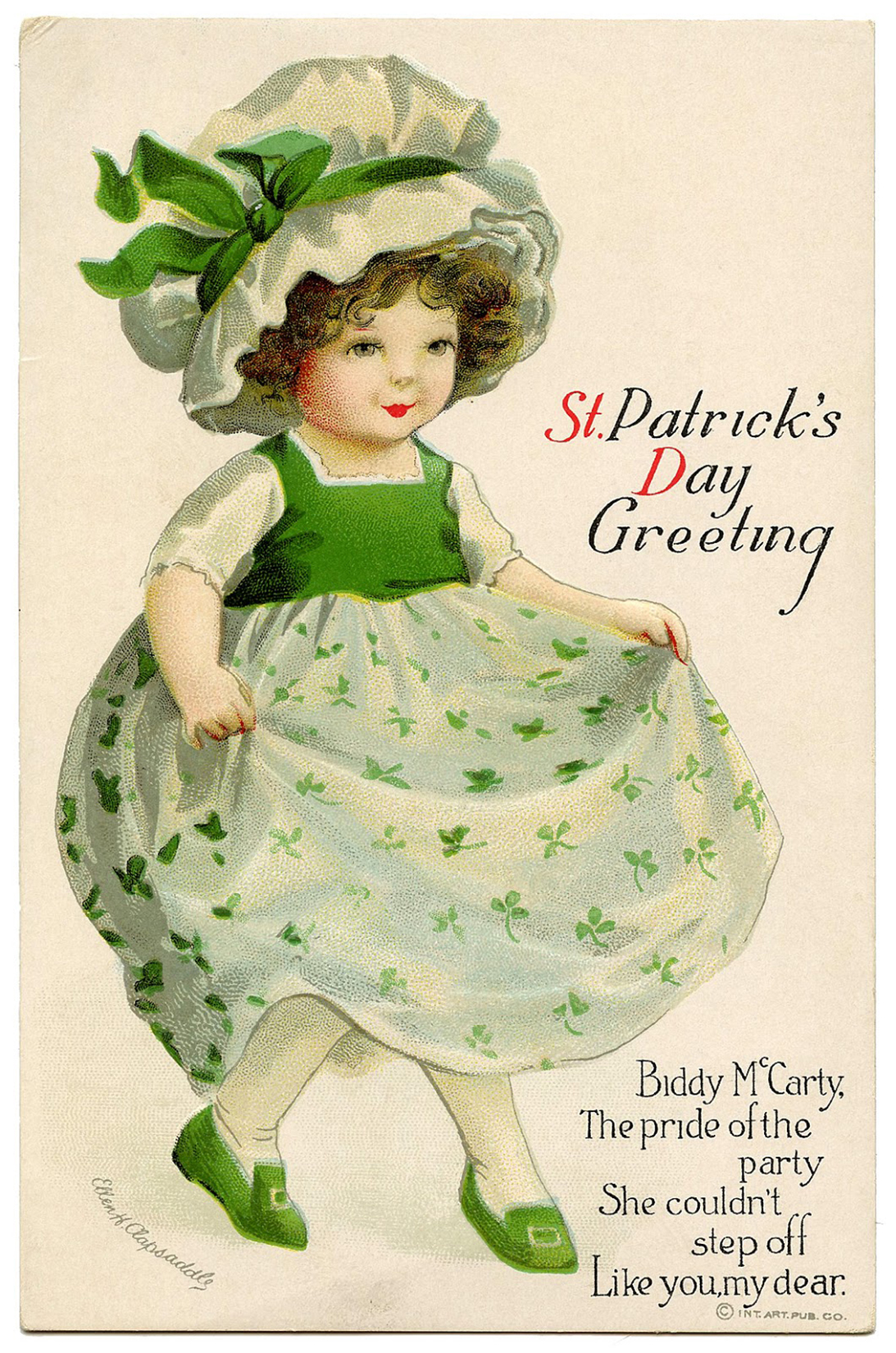
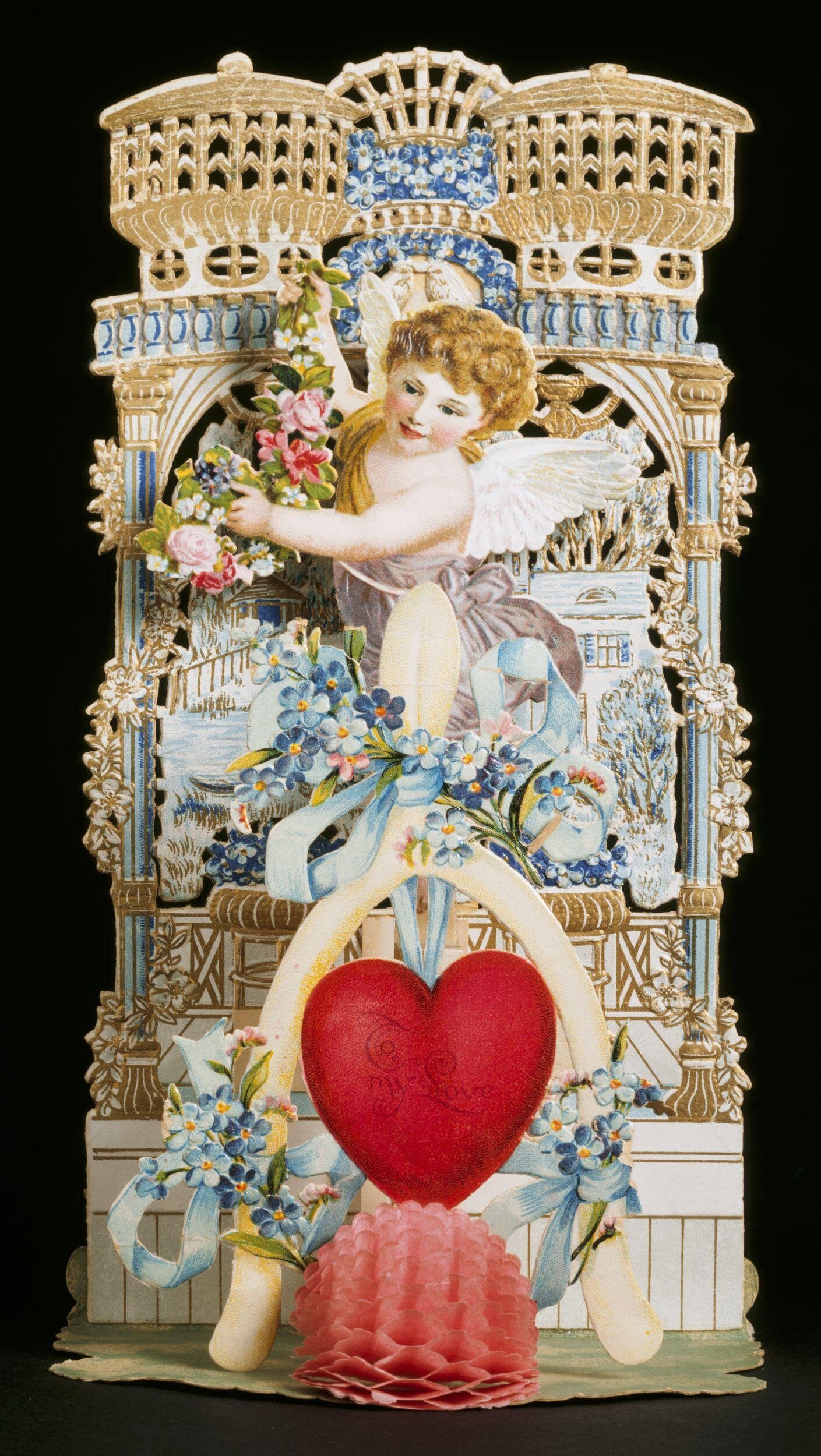

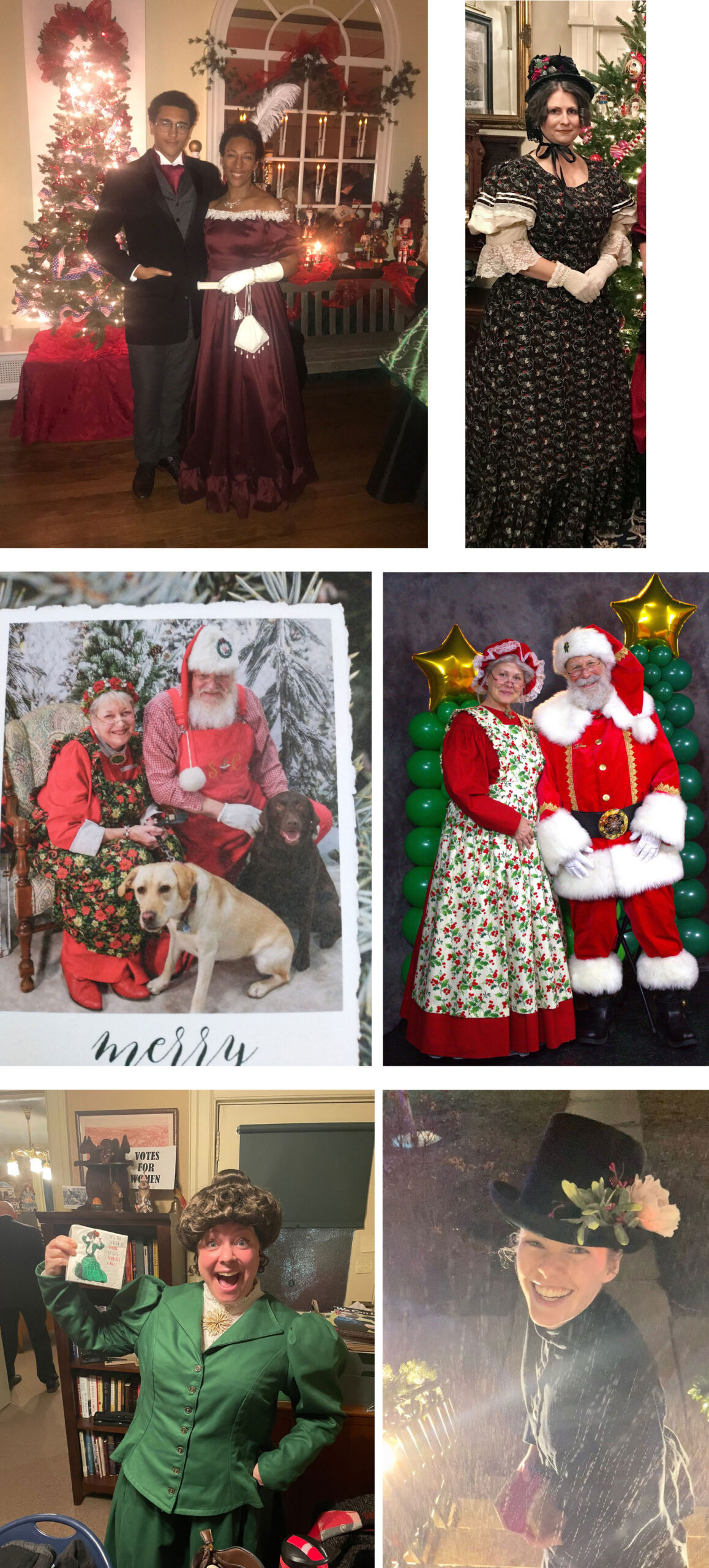
Leave A Comment